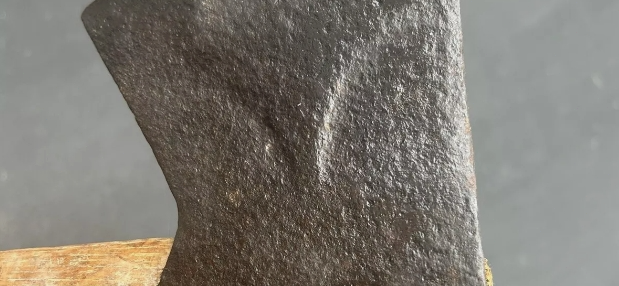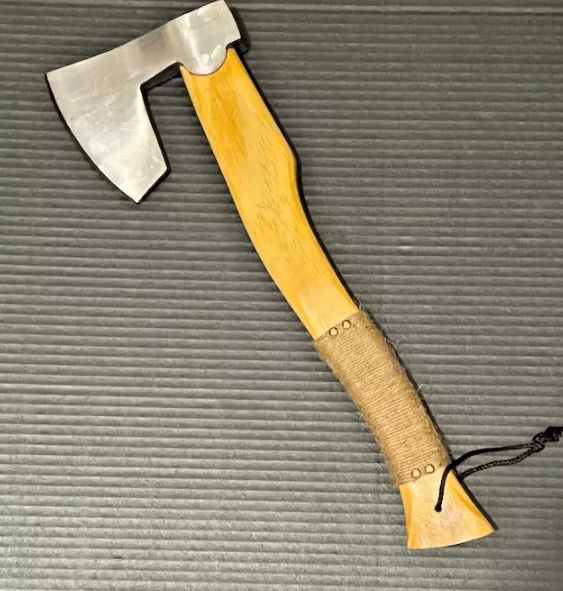The axe, an ancient and practical tool, bears the history of the close relationship between man and nature. Its form is simple but powerful, and it has been widely used in various fields for a long time. With its sharp blade, axes can easily cut wood, help people get fuel, build shelters, and even symbolize power and the spirit of fighting in some cultures.
Since ancient times, the materials used to make axes have undergone constant evolution. Early axes were mostly made of stone and wood, and with the development of metallurgical technology, metal axes gradually replaced them. The appearance of iron greatly improved the durability and sharpness of the axe, which became an important tool in the field of farming and woodworking. At some point, the axe was not only a tool, but also a symbol of people's survival and development.
The use of the axe is also quite elaborate. Whether it's chopping wood, cutting trees, or carving wood, each use requires skill and experience. Skilled users can make accurate judgments in an instant,choose the right Angle and strength, so that the work gets twice the result with half the effort. In this process, a tacit relationship is established between the axe and the user, relying on each other to create beautiful results together.
Not only that, but axes also have an important place in culture. In many traditional stories and legends, axes are often given symbolic significance. It stands for strength,courage and determination. In some local folk art,axes are painted in various forms,becoming an important element of artistic creation,showing people's reverence and worship for the power of nature.
However,the presence of the axe also serves as a reminder of the balance between nature and human activity. Whether for survival or development,the excessive use of axes to cut down forests will have a serious ecological impact.




